Rome, the Eternal City, is an authentic treasure trove of art and history that fascinates and enchants visitors from every corner of the globe. Among the most precious gems of this metropolis stands out the work of one of the greatest Baroque artists of all time: Gian Lorenzo Bernini.
What you are about to read is a Bernini tour that offers a unique opportunity to immerse yourself in the extraordinary art of this artist and discover his marvelous works scattered, collected, and hidden in the city. Through the centuries, his sculptures and architectural creations have remained a testament to unparalleled talent. Are you ready to delve into the unparalleled genius of Gian Lorenzo Bernini in Rome? Discover the masterpieces that have shaped the Baroque artistic landscape and be captivated by the unique vision of this great master. With the Visit Rome Pass, you'll have convenient and affordable access to some of the most iconic attractions listed below in the Bernini tour.
Find out more about Visit Rome Pass

Bernini tour in Rome: discovering a genius of its time
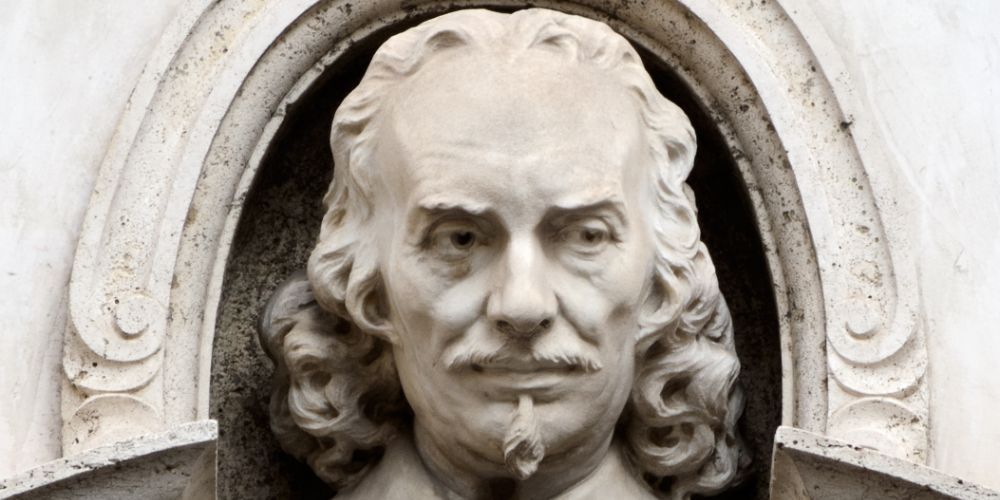
Explore the myth of Gian Lorenzo Bernini on a specially dedicated tour, uncovering his extraordinary works that have shaped Baroque art in Rome. Gian Lorenzo Bernini, born in Naples in 1598, was an artist of extraordinary talent and versatility, ranging from architecture to sculpture, and even venturing into painting and comedy. His career took flight in Rome, where his connections with cardinals and popes propelled him to prominence in the Roman Baroque art scene.
Despite challenges and rivalries with artists like Borromini, Bernini shone through with bold works such as the Fountain of the Four Rivers. This groundbreaking masterpiece restored Bernini to his deserved splendor. Today, a dedicated tour offers a unique opportunity to immerse yourself in the captivating world of this extraordinary artist in the Eternal City.
8. Church of Santa Bibiana: the beginning of a legendary artistic journey
.jpg)
Bernini's tour begins at the renowned Church of Santa Bibiana, located at civic number 154 on Via Giovanni Giolitti. Through this church, you will have the opportunity to immerse yourself in Bernini's fascinating artistic journey. In the context of the Jubilee of 1625, Bernini was entrusted with the restoration of the facade of this church, a task that marked the beginning of his extraordinary career in the field of architecture.
The church holds great significance as it houses Bernini's very first religious sculpture, the statue of Santa Bibiana, created between 1624 and 1626. This work depicts the Saint with the palm frond and the column, symbols of her martyrdom, and already attests to Bernini's extraordinary skill and artistic sensitivity during that period.
7. The water-themed Bernini tour in Rome
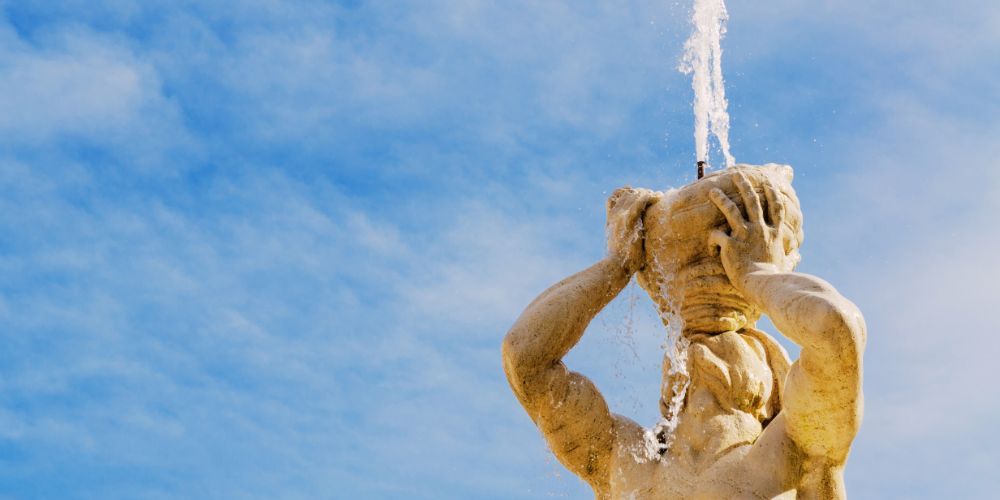
Created by Gian Lorenzo Bernini between 1642 and 1643, commissioned by Urban VIII Barberini (1623-1644), the Triton Fountain stands as one of the masterpieces of the illustrious artist. Once again, this work represents a celebration of the powerful Barberini family, whose grand residence, recently facing the square, dominated the scene.
The fountain is skillfully sculpted from blocks of exquisite travertine. At its center, four dolphins with wide-open mouths and intertwined tails stand out, finely engraved with the three bees. These marine creatures forcefully support a majestic shell with a double valve, upon which a Triton, a mythical sea creature, perches on its scaly legs. The Triton's head is slightly tilted backward as it blows into a kind of imposing whip, supported by its arms, from which water flows in a captivating play of movement and sounds.
6. Palazzo Montecitorio: an elegant ode to architecture
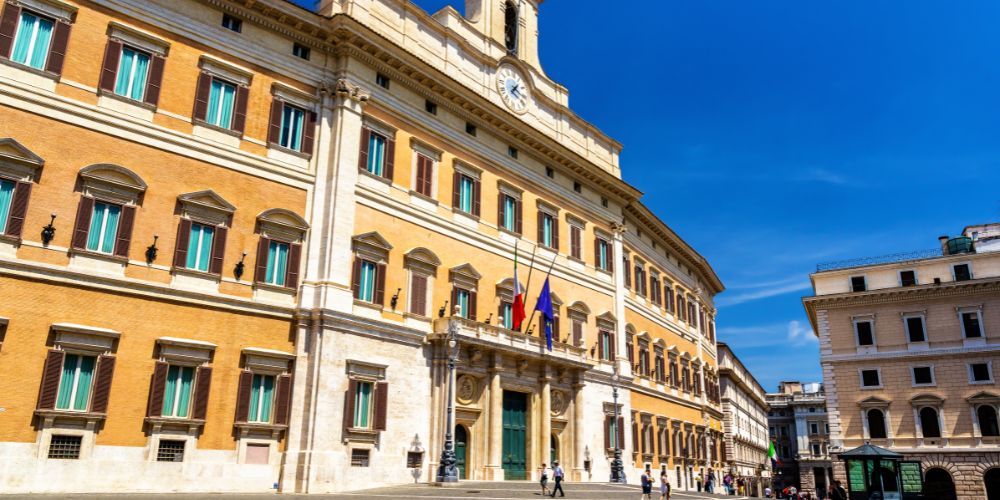
The Palazzo di Montecitorio stands as the symbol of Italian politics, with a history dating back to 1653 when it was commissioned by Innocent X to Gian Lorenzo Bernini. The construction was resumed over thirty years later under Innocent XII. Subsequently, the palace became the seat of the Chamber of Deputies after the unification of Italy.
The building embodies a fusion of architectural styles, with Bernini's work seamlessly integrated. Despite the finalization of the project by architect Carlo Fontana, certain parts of the façade still bear elements that carry Bernini's creative signature. Rocky spurs adorned with leaves and branches protrude beneath the window sills, creating the illusion of a structure carved from the rock.
5. Salvator Mundi: the final gift from a genius

Wikimedia Commons
The last work of Bernini, the bust depicting the Salvator Mundi from 1679, is shrouded in a unique story. Discovered only recently by art historians in 2001, this bust from the Albani sacristy was recognized as a work by Bernini.
In the sculpture of the Salvator Mundi, Bernini employs his characteristic style with richly draped fabric, a thick head of voluminous curls cascading down the shoulders, and a gesture of blessing frozen in time. This work provides a unique opportunity to contemplate Bernini in the maturity of his career, devoted in the final years of his life to religious practice. "His benjamin," as the artist himself called it, presents us with a mature Bernini who expresses his profound spirituality through art.
4. National Gallery of Ancient Art - Barberini Palace: a harmonious collaboration of masters
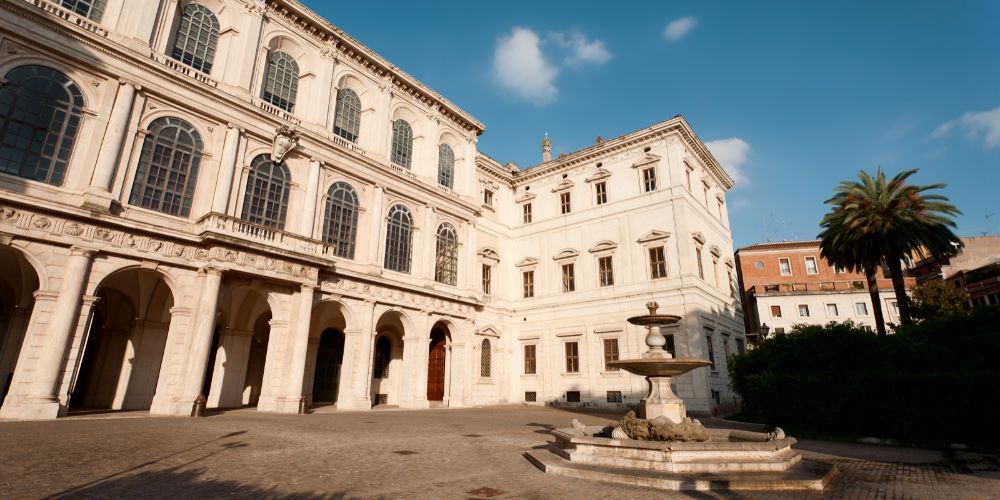
The Barberini Palace, located at Via delle Quattro Fontane, 13, is a gem of Baroque architecture in Rome. It was built in 1625 as a residence for the papal family and represents an extraordinary collaboration between three knowledgeable architects: Maderno, Bernini, and Borromini. After Maderno's passing, it was Bernini's task to complete the works and to realize a portion of the interior spaces, including the loggia and the grand staircase.
Inside the palace, which now houses the National Gallery of Ancient Art, visitors can admire numerous masterpieces by Bernini, including the busts of Antonio Barberini, Urban VIII, and Clement X, along with two paintings of exceptional mastery.
Discover Palazzo Barberini in a special way3. Masterpieces at the Borghese Gallery: encountering Bernini's soul
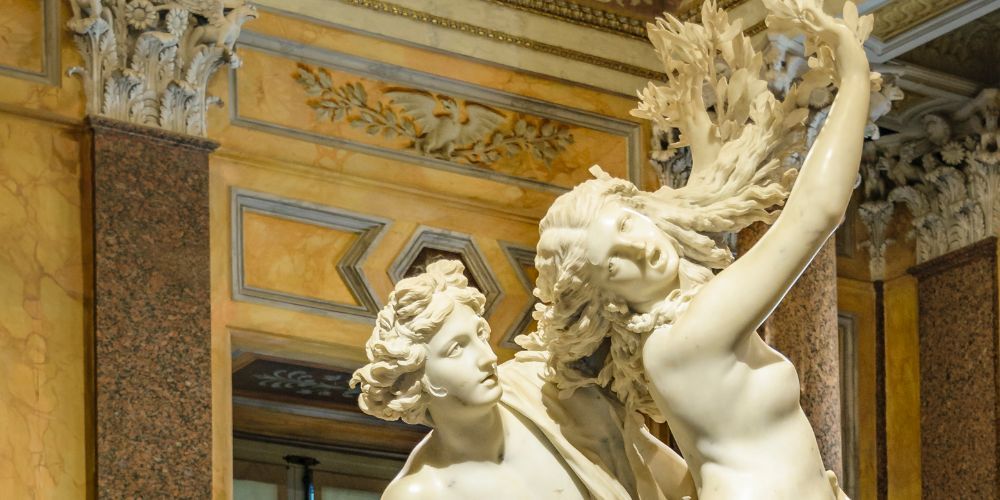
Inside the Borghese Gallery, you'll find an essential stop for those wishing to delve into the art of Bernini. Here, you'll encounter some of his most renowned sculptures, such as the David, Apollo and Daphne, the group of Aeneas and Anchises, and the Rape of Proserpina. These works embody Bernini's skill in masterfully depicting human emotion through sculpture, thanks to his extraordinary ability to breathe life into marble.
"The Rape of Proserpina" is a masterpiece by Bernini commissioned by Scipione Borghese between 1621 and 1622. This mythological sculpture group portrays the abduction of Proserpina by Pluto, bursting forth in a composition brimming with passion and action, marking a radical departure from the late Mannerist influences of the past. "Apollo and Daphne" is another Bernini masterpiece created between 1622 and 1625. This mythological sculpture captures a fleeting moment, depicting Apollo in pursuit during his frenzied chase to catch the nymph Daphne. The piece conveys an irresistible sense of movement, culminating in the moment when Daphne magically transforms into a laurel tree to evade the relentless Apollo.
Visit the Borghese Gallery with the Visit Rome Pass2. The fountain of the Barcaccia: an elegant ode to water
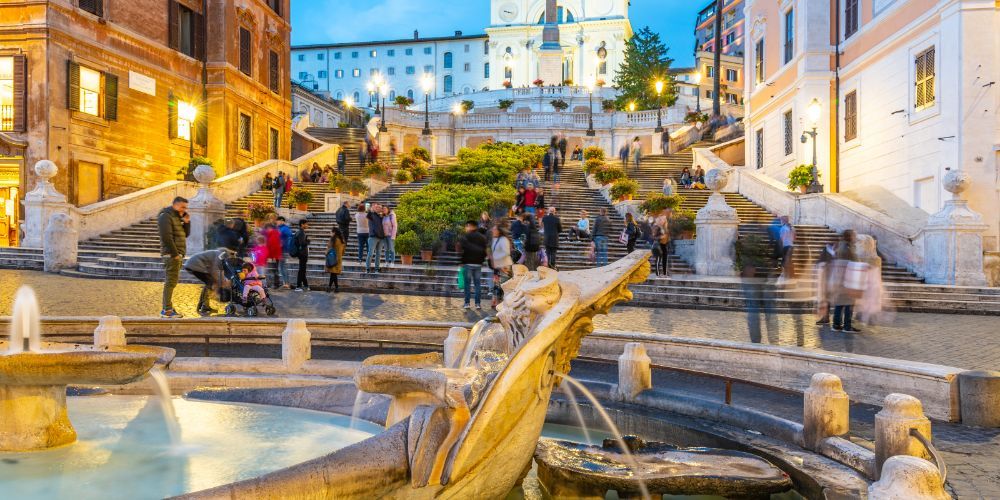
Another fundamental stop on the tour dedicated to Bernini is the Spanish Steps square, home to the famous Fountain of the Barcaccia, a masterpiece born from the collaboration between Gian Lorenzo Bernini and his father. Affectionately, the Romans call this fountain "Barcaccia" because of its shape that evokes the image of a half-submerged boat. The work, probably inspired by the frequent floods of the Tiber River, is a tribute to the artistic genius of the Bernini family. Pope Urban VIII Barberini commissioned this work in the context of a project from 1570 to create fountains in the main squares of Rome served by the Vergine Aqueduct. However, due to low water pressure, it was not possible to create jets or waterfalls. The ingenious solution was to create a fountain that seemed like a boat submerged below street level.
The "Fountain of the Barcaccia" gets its name from the evocative design created by Bernini, who drew inspiration from a boat, creating an innovative sculptural work with fluid lines. The monument recalls the flood of 1598, when boats reached the current location of the fountain. The boat-shaped basin collects water from an elongated central basin, and two imposing suns adorn the bow and stern. Water flows from the sides, giving the illusion of a sinking boat, filling the vast basin below. From simulated spouts on the sides, water jets emerge, framing the papal coats of arms with the three bees, the symbol of the Barberini family.
1. Colonnade and Basilica of Saint Peter: harmony of forms
.jpg)
The final stop on the Bernini tour is the Basilica of Saint Peter, which serves as a true treasure trove of invaluable paintings and sculptures. From an architectural standpoint, it represents the pinnacle of genius from great artists such as Carlo Maderno, Michelangelo, and Bernini himself. It is Bernini who is responsible for the magnificent external colonnade, composed of 284 columns arranged in four rows.
This work, completed in 1659, offers a unique perspective play: when observed from one of the two focal points of the elliptical square, the four rows of columns appear to overlap, creating the illusion of a single order of columns. Inside the basilica, there are numerous works by Bernini that enchant the eyes: from the monumental baldachin (1634) framing the tomb of Saint Peter, to the funerary monuments of Urban VIII (1628) and Alexander VII (1671-78). Not to be missed is the sacrament tabernacle, exquisitely crafted in gilded bronze and lapis lazuli, as well as the Scala Regia (1663-66), distinguished by an ingenious perspective illusion that facilitates the passage from the Apostolic Palace to the square.
Visit St. Peter's Square and St. Peter's BasilicaAbout the author
Written on 25/09/2023

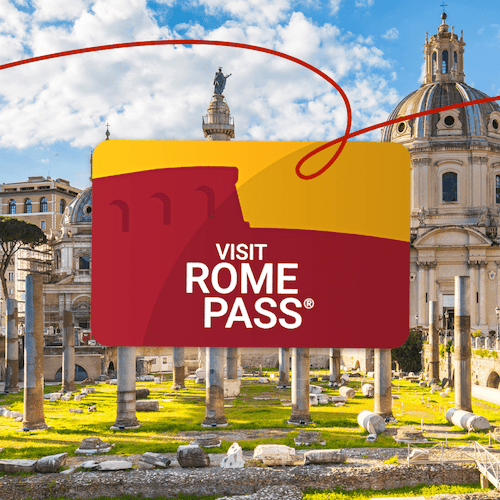


Mario Galterisi
Do you love art? Discover the Bernini tour in Rome. From the sculptures of Villa Borghese to Piazza Navona, here are all the master's works to see.